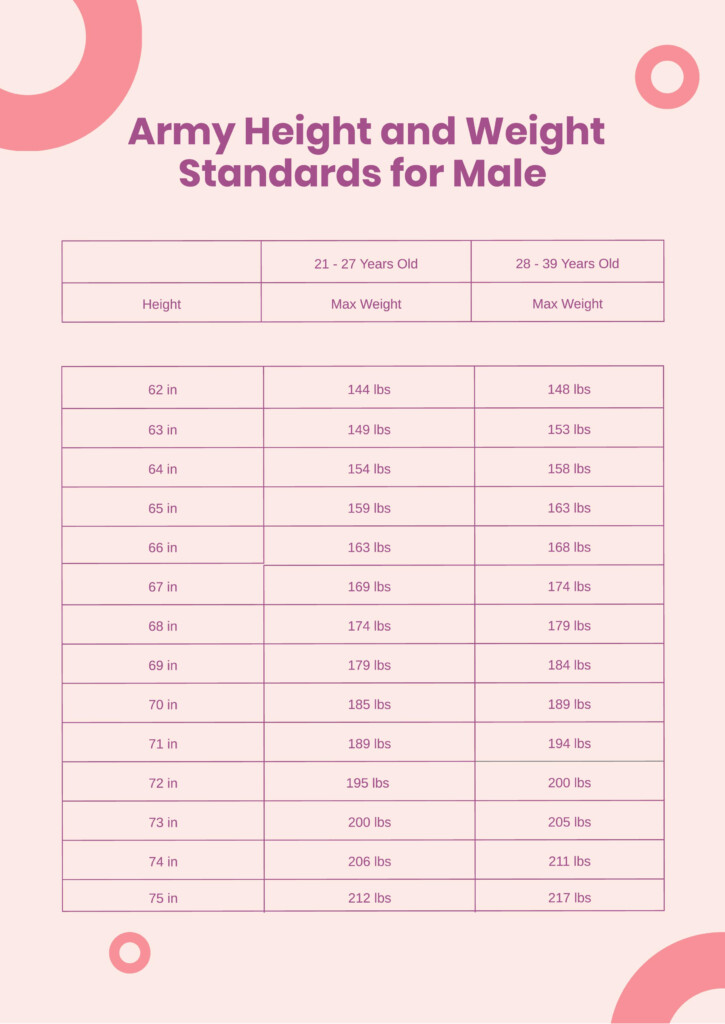For men who are looking to maintain a healthy weight, it’s important to understand what constitutes a normal weight range. A normal weight chart for males can help you determine where you fall on the scale and whether you need to make any adjustments to your diet or exercise routine.
Being at a healthy weight can reduce your risk of developing chronic diseases such as heart disease, diabetes, and certain types of cancer. By using a normal weight chart as a guide, you can track your progress and make informed decisions about your health.
Normal Weight Chart Male
Body Mass Index (BMI)
One of the most commonly used tools to determine if a person is at a healthy weight is the Body Mass Index (BMI). BMI is calculated by dividing a person’s weight in kilograms by their height in meters squared. A BMI between 18.5 and 24.9 is considered normal for adults.
For example, a man who is 5’10” (177.8 cm) tall and weighs 160 pounds (72.6 kg) would have a BMI of 22.9, which falls within the normal range. However, it’s important to note that BMI is just one factor to consider when determining if someone is at a healthy weight.
Waist Circumference
In addition to BMI, waist circumference is another important measurement to consider when assessing a person’s weight. Excess fat around the abdomen can increase the risk of health problems, even if a person’s BMI is within the normal range.
For men, a waist circumference of more than 40 inches (102 cm) is considered high risk for health problems. By monitoring your waist circumference in addition to your BMI, you can get a more comprehensive picture of your overall health.
